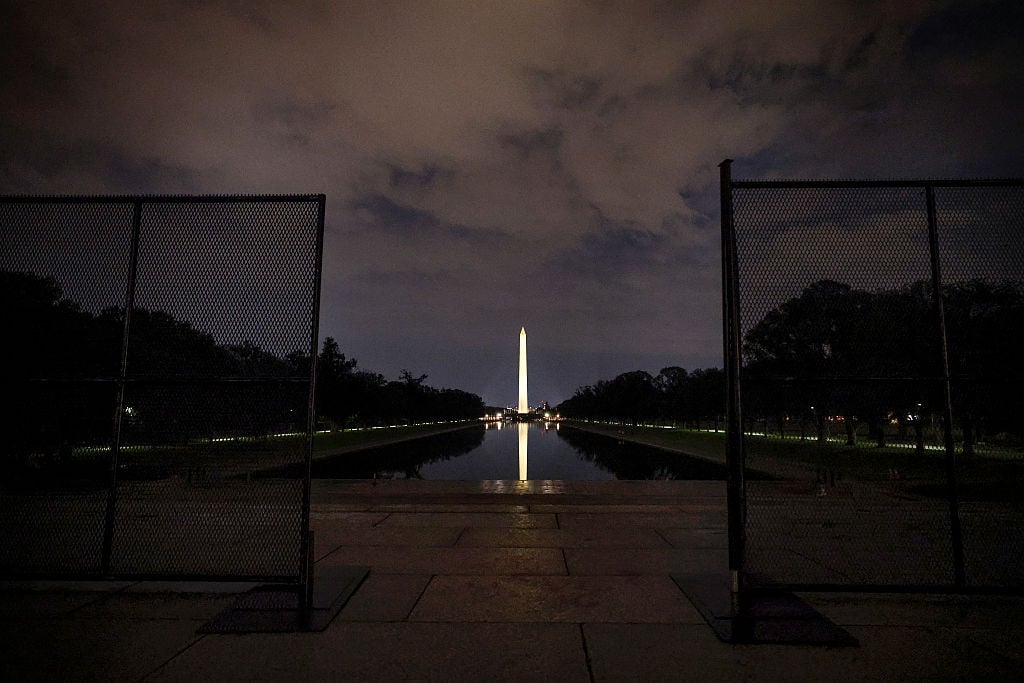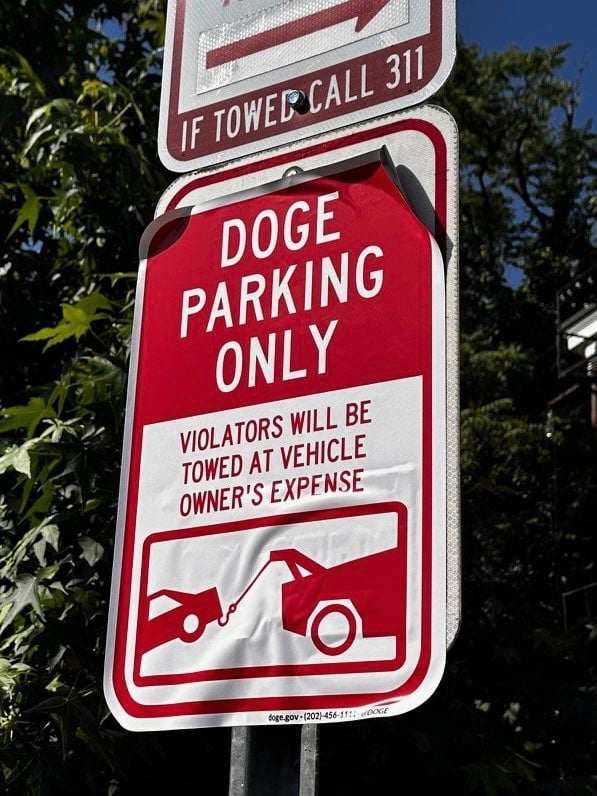To read more from the DC insider’s guide to the Acela, click here.
Technically, but not when you compare its 150-mph max with the world’s other fast trains.

TRAIN: Fuxing
ROUTE: Beijing to Shanghai in 4½ hours
SPEED: 248 mph
BRAGGING POINTS: Fastest train in the world.

TRAIN: Nozomi
ROUTE: Tokyo to Osaka in 2½ hours
SPEED: 217 mph
BRAGGING POINTS: No fatal accidents in history.

TRAIN: Eurostar
ROUTE: London to Paris in 2½ hours
SPEED: 186 mph
BRAGGING POINTS: Meals and drinks served seat-side.

TRAIN: AVS 130
ROUTE: Madrid to Barcelona in 2½ hours
SPEED: 217 mph
BRAGGING POINTS: A first-class ticket gets you a meal with wine
Why is the Acela so slow?
The Acela can do 135 mph up to New York, but it averages about half that speed. That’s because the rails are more than 100 years old in places, and thus too frail for anything faster. Amtrak also shares them with slower freight and local commuter lines. So upgrade the tracks, you say! Amtrak wishes. In 2010, it proposed improvements for DC-to-Boston trains that could reach 220 mph. Only problem: the $117-billion cost. The Obama administration made a $2.5-billion down payment, but billions more would have to be found partly from Congress, which moves on infrastructure . . . well, more slowly than the boarding line at Union Station.
Train illustrations by Todd Detwiler. This article appeared in the March 2018 issue of Washingtonian.



















